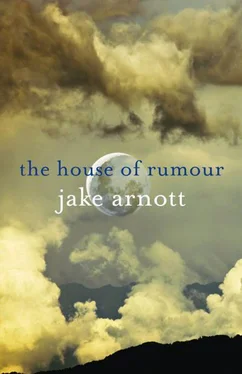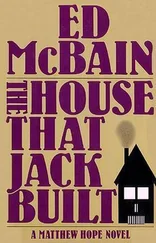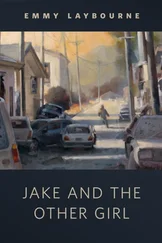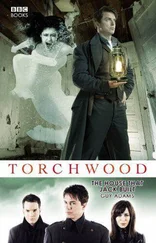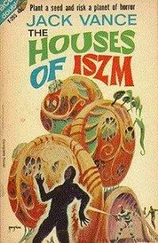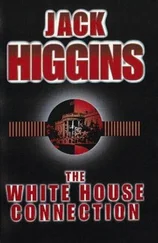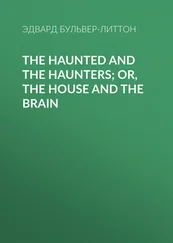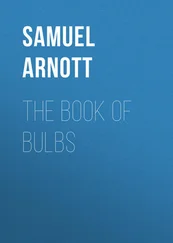Zagorski, however, was intrigued by the opportunities that quantum mechanics offered SF at this time. The first of two great inspirations for him in this period was Jack Williamson’s The Legion of Time , serialised in Astounding in 1938. Though heavily freighted with all the clichés of the pulp era, The Legion of Time breaks new ground in SF in its treatment of the Uncertainty Principle, alternate futures and parallel worlds. Other authors have cited its importance (Brian Aldiss declared that ‘its influence of later time stories has been strong’5) and it created a new term in the SF world, the ‘jonbar point’ — a point of divergence where history can go either way, in this case towards utopia or dystopia.
The possibility of a dystopic future was, of course, a very real danger at this time and Zagorski’s second big influence in the late 1930s was the novel Swastika Night , first published in 1937 under the pseudonym Murray Constantine. Reclaimed as a lost feminist classic in 1985 when it was revealed that it had been written by Katharine Burdekin, Swastika Night is probably the first and certainly the most frightening of the many novels based on the premise of a Nazi victory. Zagorski acknowledges that it inspired him to write his first successful full-length work, Lords of the Black Sun (serialised in Fabulous Tales in 1940, first reprinted as a novel in 1948). ‘It might seem a fairly crass attempt at this now familiar conceit,’ he wrote in the introduction to the 1978 reissue, ‘but bear in mind that at the time of writing this was neither an alternate history nor a counter-factual exercise; this was the possible future.’
It was probably the recognition he received for Lords of the Black Sun that gained him entry to Robert Heinlein’s celebrated SF salon in Los Angeles — the Mañana Literary Society. In Anthony Boucher’s roman-à-clef Rocket to the Morgue (1943), based on the Mañana group, Zagorski is clearly identifiable as Matt Duncan, the ‘up-and-coming young science-fictioneer’, alongside fictional versions of Heinlein, L. Ron Hubbard, Williamson and the rocket scientist Jack Parsons. There was much interest in alternate realities among this circle, as well as in the exploration of propagations of influence and even complex quantum notions like backward causation. In Boucher’s novel, Austin Carter, Heinlein’s alter ego, writes a story that proposes a world where far-left democrat Upton Sinclair wins in California while Roosevelt loses in 1936, causing a schism in the nation, civil war and the eventual ‘establishment on the West Coast of the first English-speaking socialist republic’. It was to be called ‘EPIC’ (with a nod to the End Poverty in California campaign that Heinlein had been part of).
‘Heinlein was something of a radical back then,’ Zagorski was to recollect in the 1960s. ‘I don’t know what happened to him later.’ It was at Heinlein’s salon that he first met friend and erstwhile collaborator, the Cuban SF writer Nemo Carvajal. ‘Interesting times for American science fiction,’ notes Carvajal. ‘The future was bound up in ideology, so even the space-opera writers could scarcely avoid a political critique in their work.’6 Indeed, the genre itself was ideal for geopolitical speculation and there emerged a collective and progressive approach to a world-view made possible by projections in time and space.
Larry was in love with Mary-Lou Gunderson, a fellow writer (later director, producer and television executive), but it remained unrequited. The year 1941 saw the emergence of jonbar points, in Zagorski’s life as well as that of the planet. ‘He was a shy and sensitive kid,’ remarked Gunderson, ‘the last person you would imagine going to war.’7 Yet the day after Pearl Harbor, that great point of divergence in American history, he signed up with the USAAF for combat duty.
Zagorski served as a radio operator in a B-24, flying bombing missions over Germany and occupied Europe. It was a harrowing experience as the conditions under which the air war was fought were extremely harsh. The long-range sorties were exhausting, some lasting over eight hours and in sub-zero temperatures with the crews wearing electrically heated suits and oxygen masks. Larry was to describe the experience as a ‘lethal parody of all my childhood dreams of flight and space travel’. Any simple technical malfunction could prove fatal and frozen oxygen lines could cause death from hypoxia. Then there were the swarms of enemy fighters and the flak from 88mm anti-aircraft batteries or the 108mm radar-controlled guns. The chances of surviving the thirty-mission requirement were very slim indeed.
‘Along the azimuth arc, from zenith to horizon flew death, and down below we saw planetary destruction, cities turned to moonscape, and we smiled.’ So begins ‘Fee, Fi, Foo, Fum’, one of the few stories he wrote that directly recall his experience of the war. The crew of a B-24 witness strange craft in the stratosphere:
‘Foo! Foo!’ went the call on the intercom. That nonsense word from some alien dialect. But the radioman knew what it meant. He had tuned himself in to them, ignoring all the arguments about whether such things were hallucinations, Nazi prototypes, or from another world. He knew what foo meant: it meant the future. Something had broken through the space–time continuum; that’s what they were seeing. A vision of what was to come, of the even greater terrors that awaited them in the heavens.
Returning home, Larry took his share of a collective post-war trauma. For a year or so he lived with his mother, supporting them both on his GI Bill allowance. And for some time he turned away from SF. All its predictive powers seemed used up, its dread fantasies of power made real. The future seemed a bleak choice between unremitting banality and inconceivable terror.
Between 1946 and 1947 he attempted a mainstream novel. The Attendant is set in an unspecified institution where the protagonist Tommy Buhl works, having been invalided out of the military following a nervous breakdown. He tries to make sense of what has happened to him as he plods through a dreary daily schedule. In a series of recollections, he is constantly in search of the point in his life where it all went wrong. The Attendant meanders aimlessly in its surviving 436-page draft, though it features several strong supporting characters, most notably the Mexican fortune-teller Angel Fernandez and the army air force chaplain Ignatius Creed. Zagorski failed to find a publisher for it.
It was during a trip to Mexico in 1948 that Nemo Carvajal and Larry came up with the story that was to become the script idea for the film Fugitive Alien . Directed by Mary-Lou Gunderson, starring Trey Anderson and Sharleen Stirling, Fugitive Alien (1950) is one of the many B-movies that cashed in on the flying saucer craze. It was cheaply made and rich in the Cold War atmospherics of paranoia and suspicion. Unlikely stories about its production persist to this day, most notably the rumour that there are references in the dialogue to an actual secret air force memorandum on UFOs.8
What is certain is that Nemo and Larry argued quite vehemently over proposed script changes during the shooting. Larry fell in love with the leading lady. He married Sharleen Stirling on 4 October 1951. Nemo Carvajal went back to Cuba that same year.
The 1950s were an extremely productive time for Larry, though not all of his work saw the light of day. In a decade he wrote nineteen novels (five of which were published), fifty-seven stories (twenty-eight of which he managed to sell), and eleven scripts for the Dimension X radio programme (two of which were made).
Larry found something of a champion for his work in Anthony Boucher, whom he had known from the Mañana days and who had begun editing The Magazine of Fantasy & Science Fiction (F&SF) in 1949. Urbane and generous of spirit, Boucher was to nurture many of the more left-field SF writers, most notably the young Philip K. Dick. Boucher favoured intelligent fantasy over the ‘hard-science’ school and was keen to promote a more literary style within the genre. He had, after all, produced the first English translation of Borges and sold it to what was more or less a pulp magazine (his rendering of ‘The Garden of Forking Paths’ appeared in Ellery Queen’s Mystery Magazine in 1948).
Читать дальше
